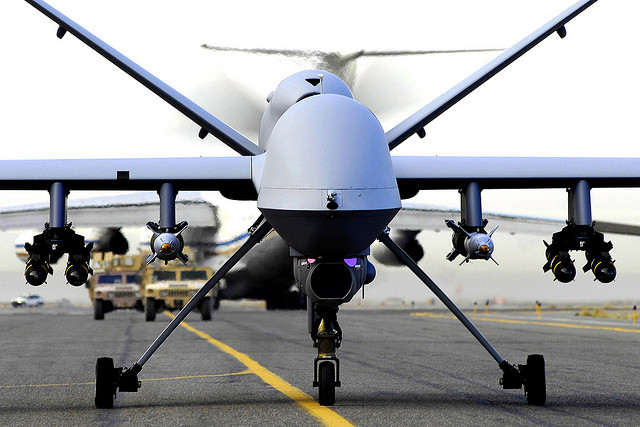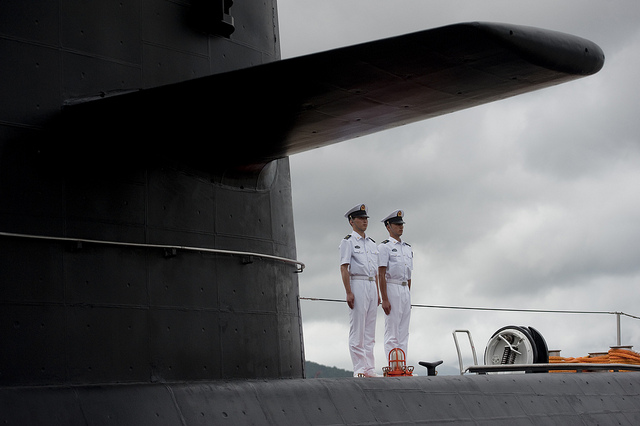Australia still might face the China choice
 Peter Jennings’ recent op-ed in The Australian (PDF) recognises some of the pressing issues confronting Australian strategists, but fails to identify an underlying cause. Two of the issues he addresses discretely—divergent Australian and American views of Asia and a current lack of Australian Government enthusiasm for the alliance—are actually underpinned by an issue he dismisses.
Peter Jennings’ recent op-ed in The Australian (PDF) recognises some of the pressing issues confronting Australian strategists, but fails to identify an underlying cause. Two of the issues he addresses discretely—divergent Australian and American views of Asia and a current lack of Australian Government enthusiasm for the alliance—are actually underpinned by an issue he dismisses.
Peter dismisses the prospect that Australia might have to choose between the US and China, but it’s this possibility which is driving, in part, our determination to see developments in Asia with a ‘relentlessly glass half full perspective’. It’s also probably responsible for a ‘perceived cooling of Australian support for enhanced co-operation’ with the US. Read more







